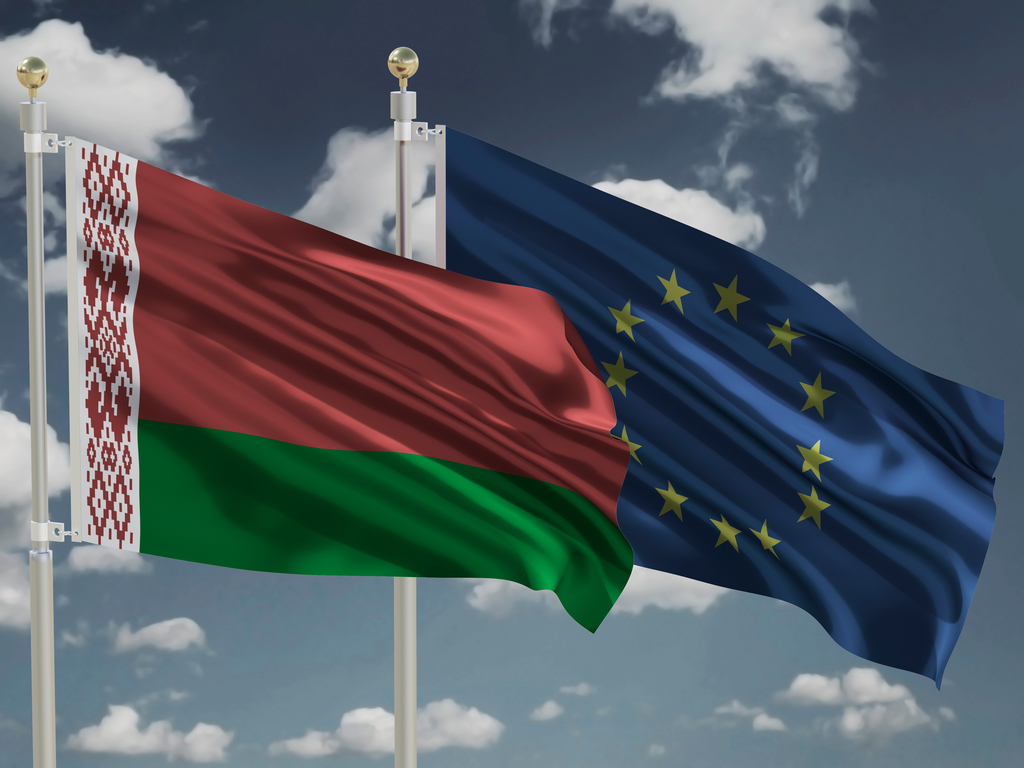Denis Bukonkin, Director of Foreign Policy and Security Research Center (Belarus)
Following Eastern Partnership leaders’ video conference on 18 June, EU leaders identified five long-term goals for the Eastern Partnership policy, which should be approved at a physical summit in March 2021.
First priority: an economy-focused partnership that creates jobs, contacts between countries, and opportunities for youth.
The second is the strengthening of state institutions, respect for human rights, gender equality, and the rule of law.
The third priority is called the “partnership that unites” – digital transformation. The EU will work with partners to modernize the necessary infrastructure.
The fourth priority is sustainability, including climate change and the corresponding response to it.
Fifth, the European Commission will continue to inform about the tangible results that citizens of the EaP countries receive from cooperation with the EU.
StrategEast has interviewed experts from Eastern Partner countries on top priorities of cooperation with the EU. Here are the answers from Belarus.
It was only in 2019 when the Republic of Belarus firstly announced its priorities in the Eastern partnership. Until this moment it was difficult to talk about a strategic understanding of the role in the initiative and the interests that Belarus would like to implement in EaP. At the end of 2019, Belarusian Foreign Minister Vladimir Makei announced the following priorities:
- make technological innovation a new priority for the initiative;
- activate certification of Belarusian exporting companies according to EU standards to ensure their access to EU markets;
- expand the inclusion of partner country enterprises in the production chains with companies from EU countries (with creating material incentives for companies from EU countries, as proposed by the management of the European Investment Bank);
- strengthen cooperation in the areas of standardization, metrology, harmonization and mutual recognition of conformity assessment systems for goods, trade facilitation;
- increase economic diplomacy tools usage;
- implement the Eastern partnership indicative plan for investment in transport infrastructure, including the development of digital transport corridors;
- develop similar plans for modernizing energy facilities and implementing high-tech projects;
- increase systemic cooperation in border management, including developing a special “border package” that would include a set of appropriate infrastructure, regulatory and procedural measures;
- agree on a list of quantitative target indicators for the Eastern partnership: reducing border crossing time to one hour, creating a certain number of new jobs, and certifying more exporting companies from partner countries;
- design a special program for training students from EU countries in partner countries;
- develop educational programs in the field of smart specialization based on entrepreneurial universities.
These priorities have hardly changed during six months after they were announced. The above-mentioned priorities indicate a rather pragmatic approach of the Belarusian side to the Eastern partnership. That is why we can predict a special interest in the economic component and digital transformation. It is also quite predictable that the Belarusian side will insist on changing the last priority since, in addition to promoting it in the Eastern Partnership countries, the partner countries would like to see the process of promoting cooperation with the initiative’s member states in the EU. At the same time, there is a high probability that official Minsk will ignore the second and fourth priorities. As part of the second priority, there is a fairly long-running controversy between the EU and Belarus, which does not make sense to recount here. It can only be noted that within the framework of effective work of institutions and increasing resilience, Belarus and the EU will be able to find common ground, but only in the case of rejection of the conditionality approach from the European Union side. The fourth priority is not relevant for Belarus, because the country does not face the problem of decarbonization as acute as it is for Ukraine, and Belarus have a low level in total emissions of European countries.
Some Belarusian priorities haven’t been mentioned during the video conference. At the same time, Belarus has always been extremely interested in the multilateral dimension of the initiative, which opened up a fairly wide horizon of cooperation between the EU’s six Eastern neighbors. However, the results of the video conference make it clear that the process of bilateralization of the Eastern partnership is increasingly becoming an instrument for implementing the EU’s policy towards its Eastern neighbors. At the same time, it requires an adequate analog of “Deliverables 2020”, which was a unifying document for all the Eastern partnership countries, set specific goals for the participants of the initiative, and allowed an objective assessment of the results of cooperation with the EU. At the moment, unfortunately, no document can effectively replace “Deliverables 2020” and the lack of discussion of the prospects for its development and adoption was a matter of concern.




